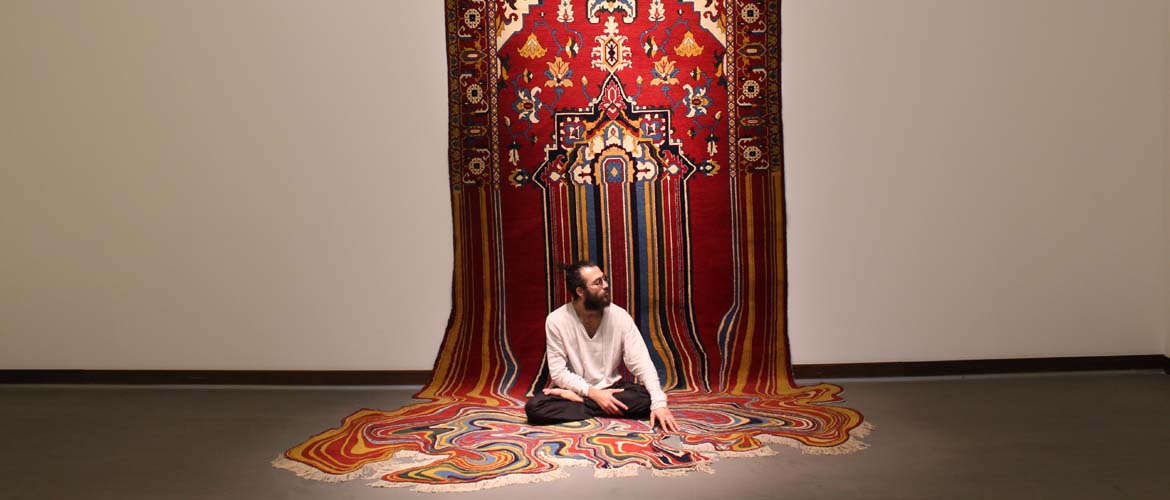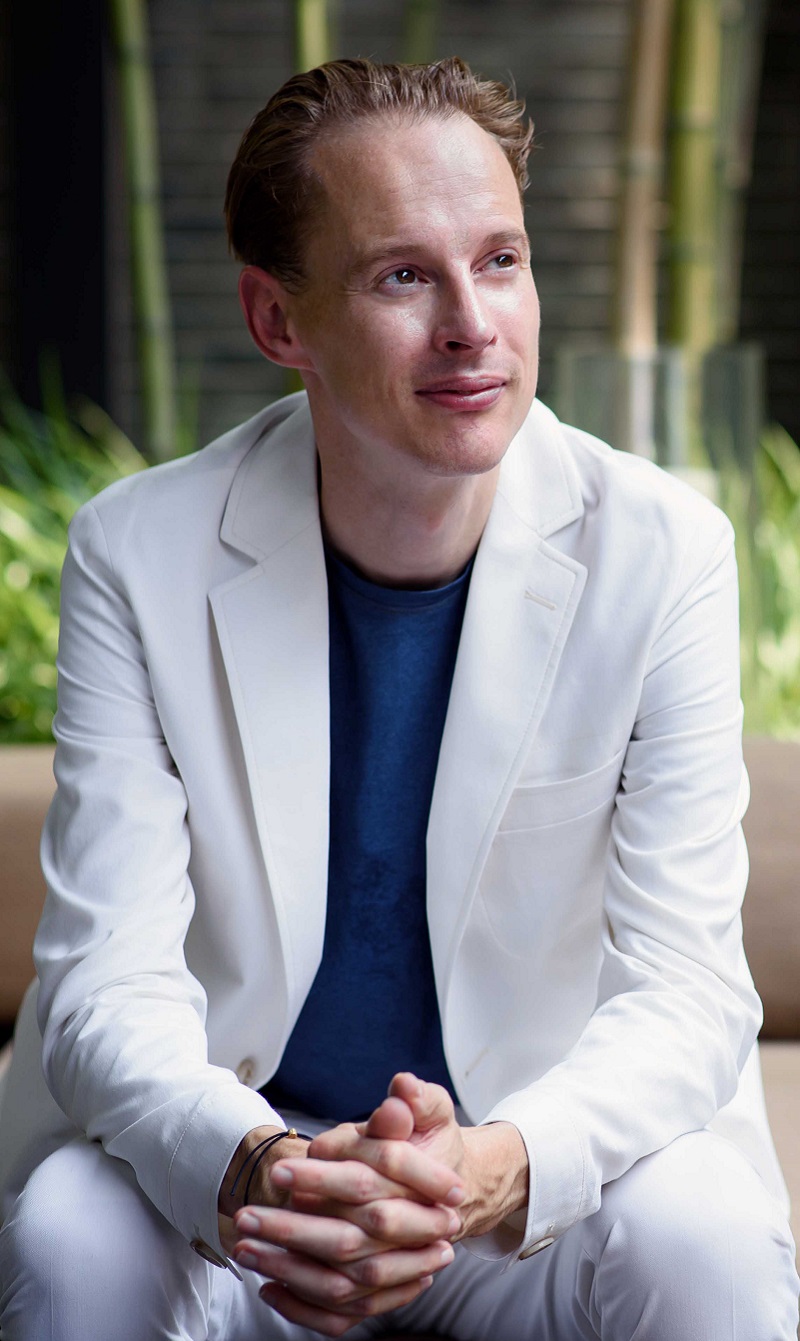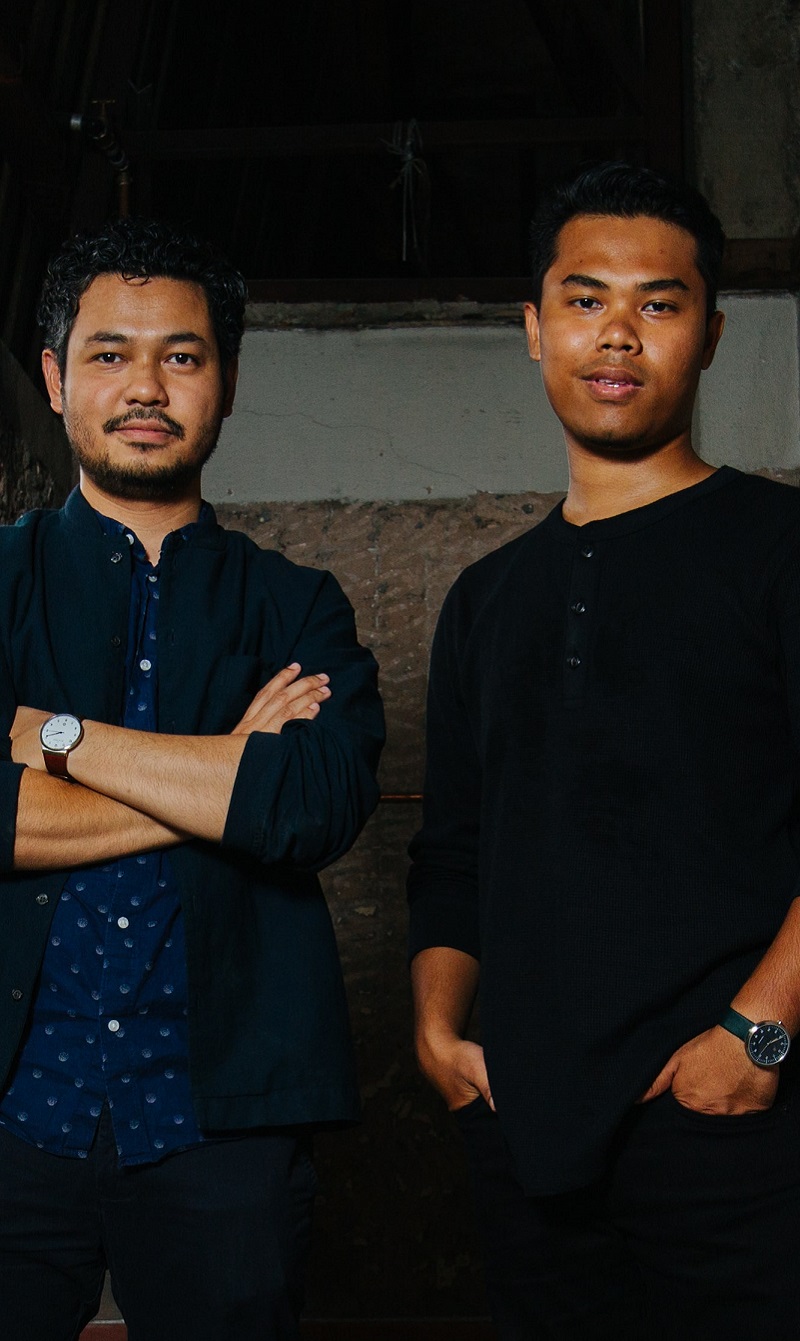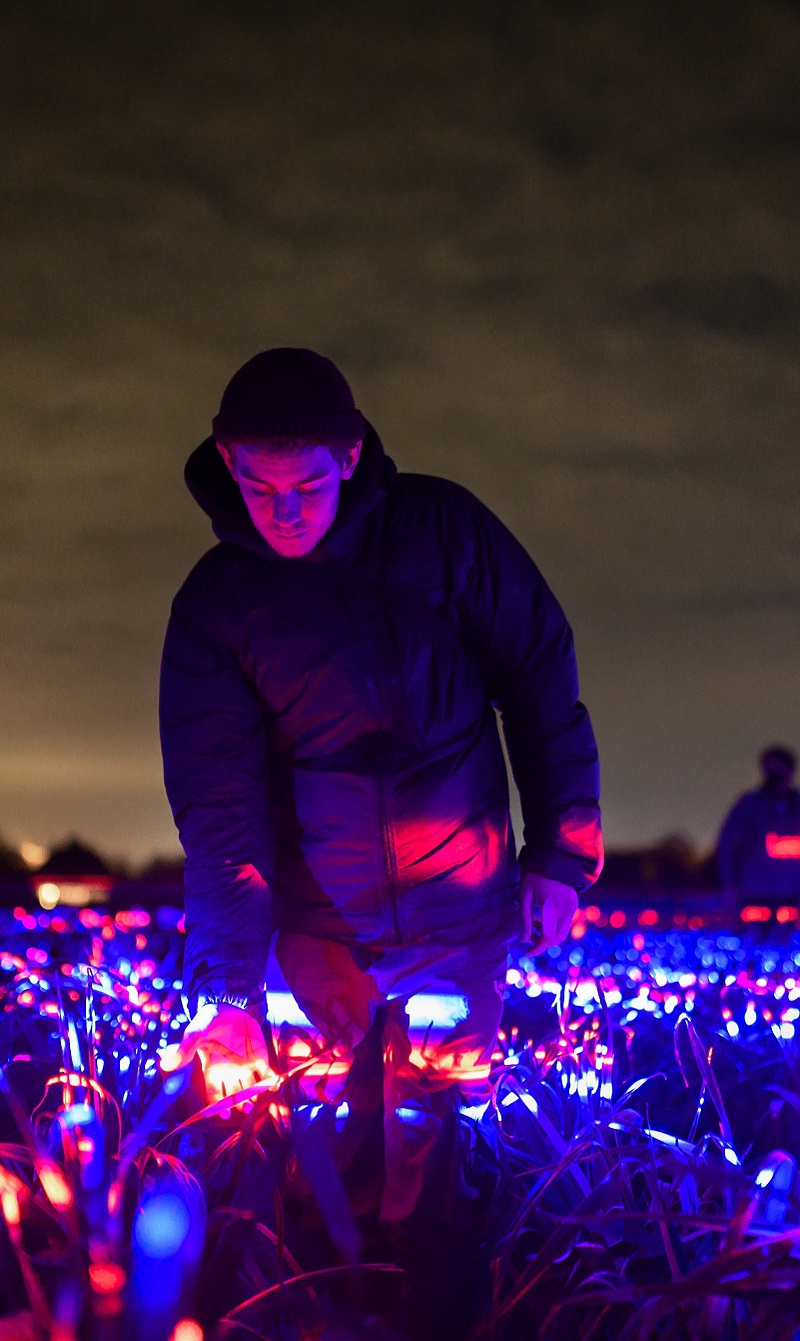Building cultural capital: A quest for identity
Cultural capital gives society a unique identity, unites its people and promotes social progress. Unfortunately, culture in its raw form is often the source for divides and conflicts. But when transformed into art, beyond the limits of time and boundaries, culture reveals to us a common identity that we all can relate to.
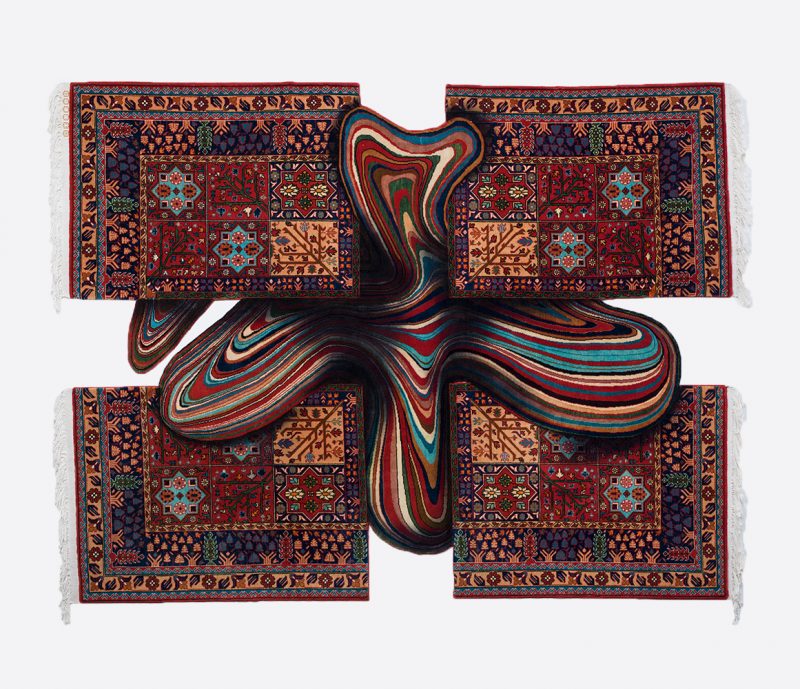
Faig Ahmed, a fine artist from Azerbaijan, is renowned for his works in deconstructing the ancient art of carpet weaving and giving it new contemporary forms. Faig’s artworks aim not to alter the historical significance of the old craft, but to convey its traditional values to the modern society.
He shared with the audience what inspired his works was precisely the struggle he faced as an artist, overwhelmed by the desire to preserve his cultural identity yet wanting to move forward as the world evolves. For reinventing the age-old tradition, he was confronted with resistance, especially from the traditional carpet makers. “It took me two years to communicate with them and convince them that my idea was not [ill-intentioned]”, Faig said.
“Now, I think [my works] are pretty interesting for them too,” he added, “because they are also looking for something new in what they are doing.” “It is collaboration.” Faig explained that the creation of his artworks involved an extensive process of knowledge exchange – between the old and the new worlds. For Omar Offendum, a hip-hop artist, who is also a poet and a peace activist from the United States of America, collaboration in art also means convergence of different identities. “Cultures influence each other. Languages melt into each other. Nothing ever dies. They are just being regenerated into different forms,” said Omar.
“What I really love about what I do is being able to reconnect my story as a Syrian, as an Arab and as a Muslim, and make it relatable to people in America through hip hop,” said Omar.
Omar’s works are simple reflections of who he is and what he likes. He himself is a product of the collisions of different cultures. He hopes that, through his art, people can see the commonalities in each other, learn to respect differences and pay more attention in building something more positive.
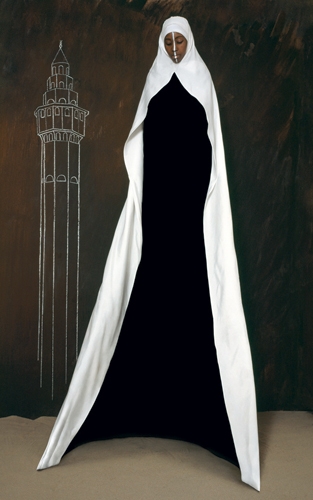
The discussion went deeper as Maïmouna Guerresi, a fine artist from Italy, revealed to the audience that identity, for her, is more than just culture. “It is a matter of one’s interior development – our experience with emotions and faith,” said Maïmouna.
Maïmouna’s works carry deep meanings of life, inspired by her own spiritual experiences while travelling the world. According to Guerassi, there are all kinds of beauty that can be captured around us, only that we need to be aware of it. She went on to say, “We live in a world that looks still but it is moving so fast that the naked eye won’t be able to see.”
“The essence of being is becoming,” Maïmouna explained that she feels that there is a need to share her stories through art and to inspire more people to search inwards as they continue to pursue life. Eddin Khoo, Founder of Pusaka, an organisation that strive to support the continuity and viability of traditional performance art in Malaysia, shared that when we reflect upon cultures, it is very much about finding out the pattern of human interaction – whether people come together through conflicts or confluences.
“The point is people come together, they evolve together and they metamorphose together,” Eddin said. Someone who is of mixed parentage, his view on culture openness comes naturally. Furthermore, being in academics, he finds it important for everyone to embrace what history has to offer us in order for us to move forward. To him, art makes almost everything possible because it is the element that makes us more sensitive towards our surrounding. Art has the power to break down barriers, present people in its rawness and colours, and capture the metaphors in our daily life.
Art indeed has tremendous power to move people. Artists can do more than just self-expression. They are the essential links between cultures and identities that connect people.
___________________
This is based on a panel discussion from the 11th WIEF in Kuala Lumpur.
Main Photo Credit: Faigahmed.com
